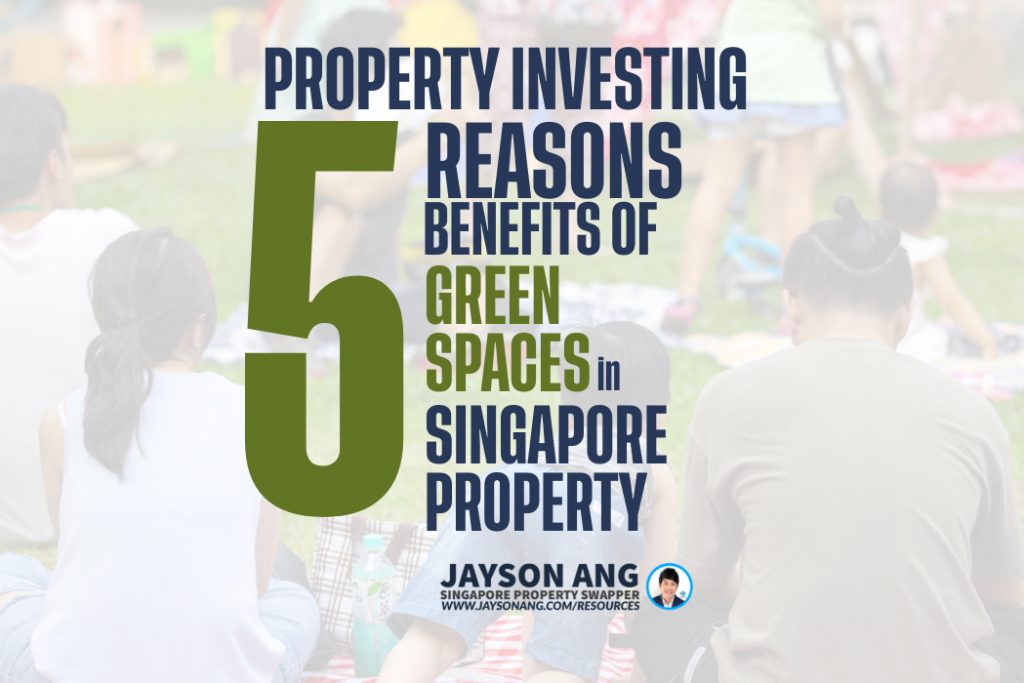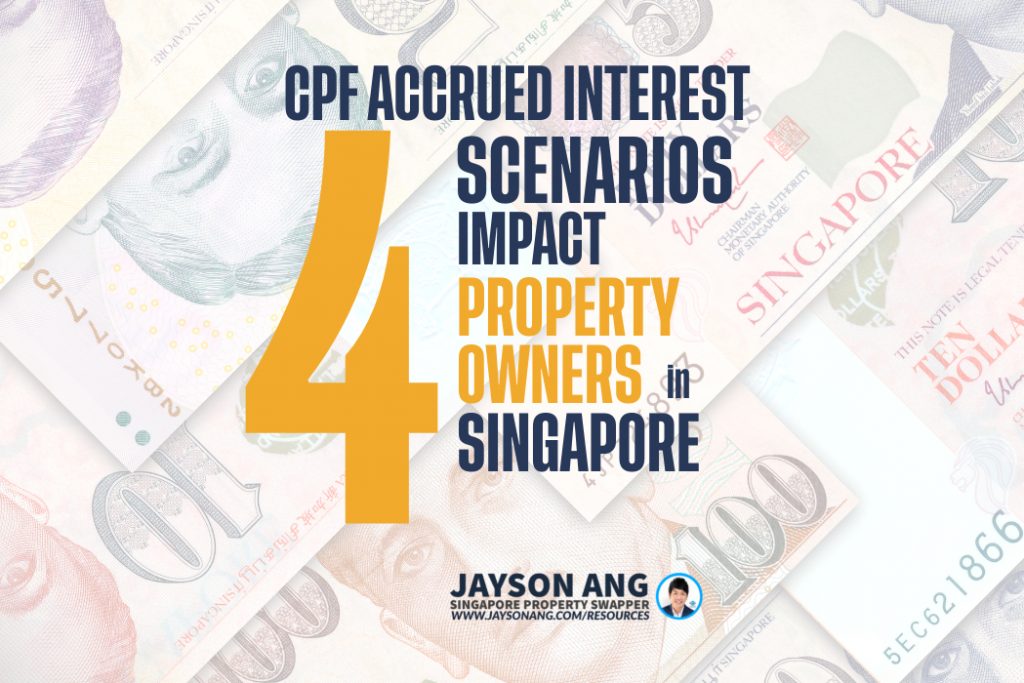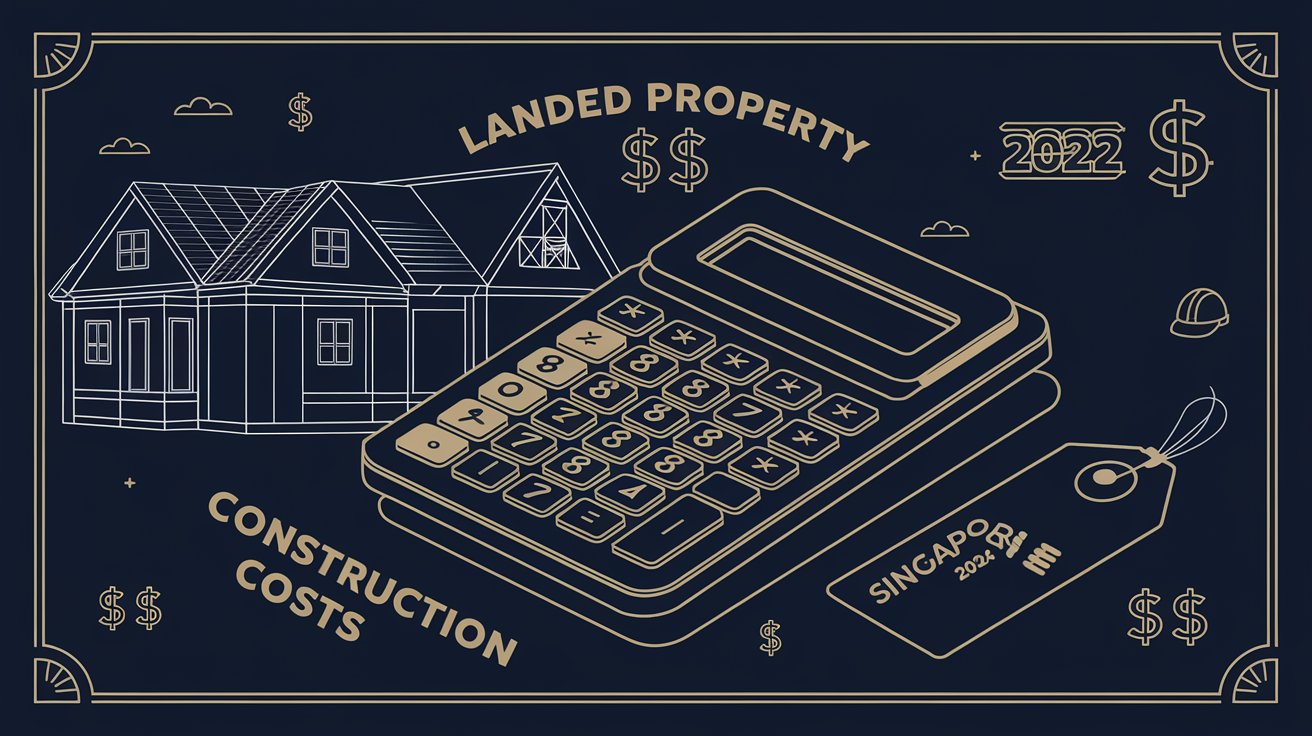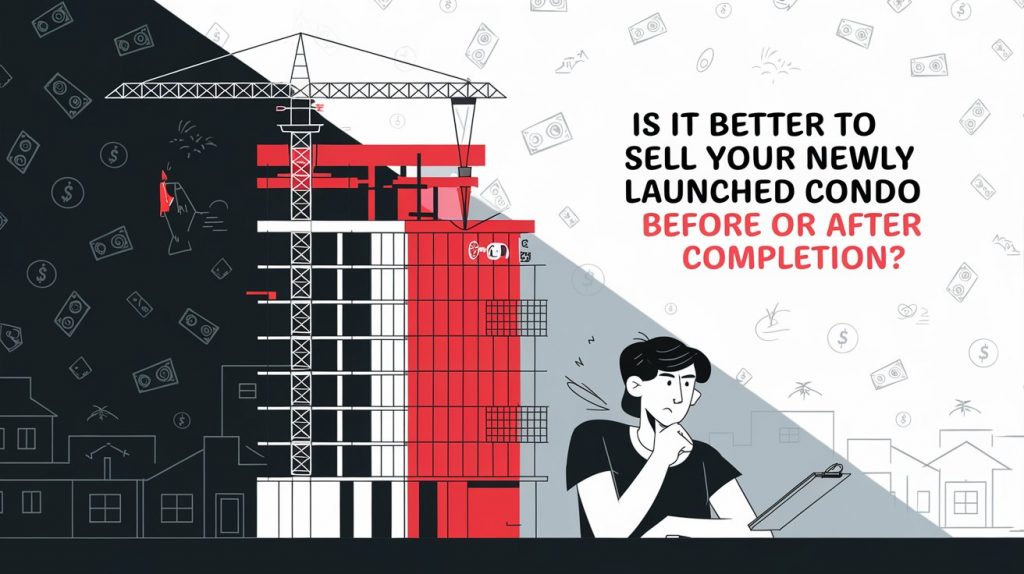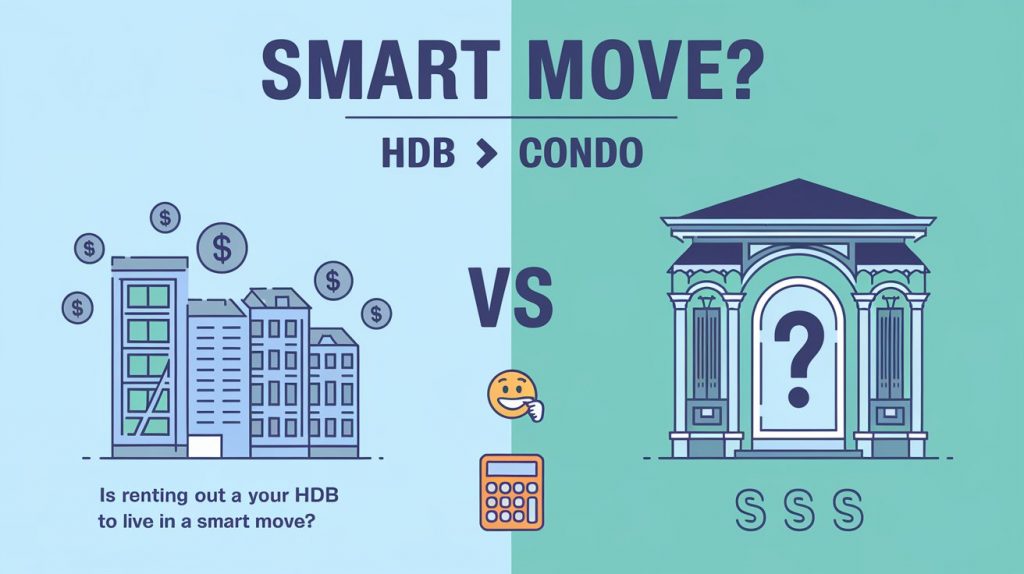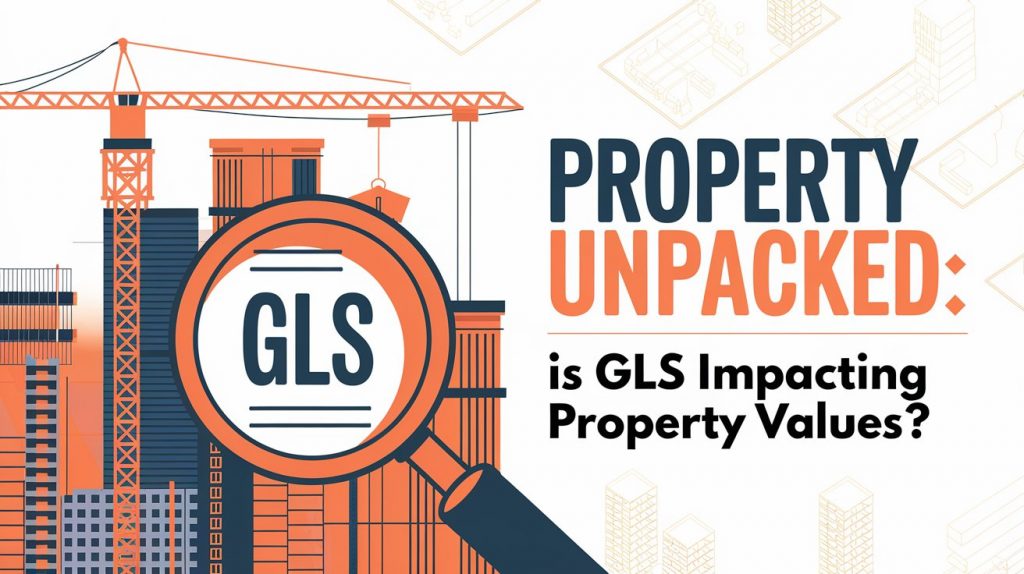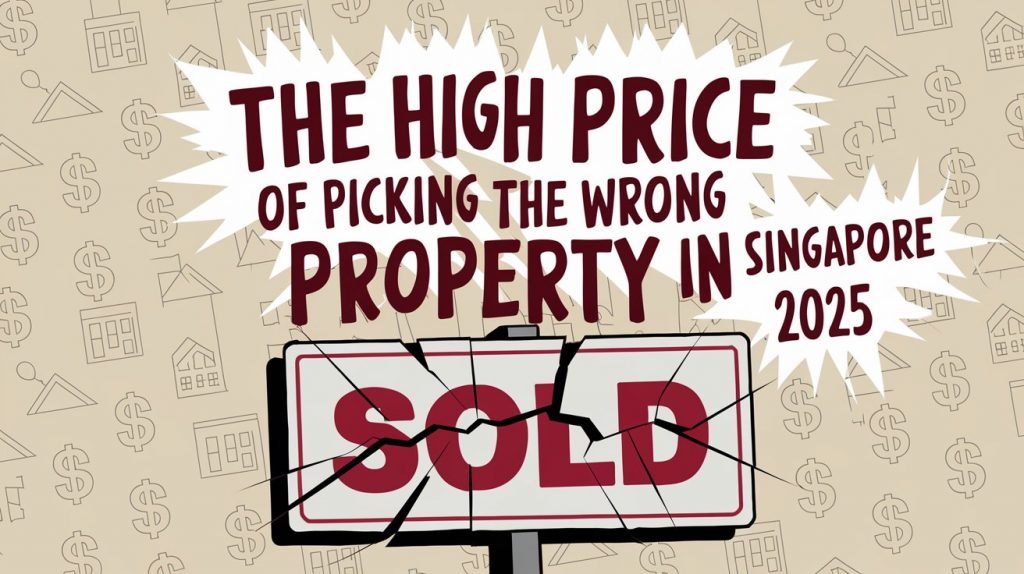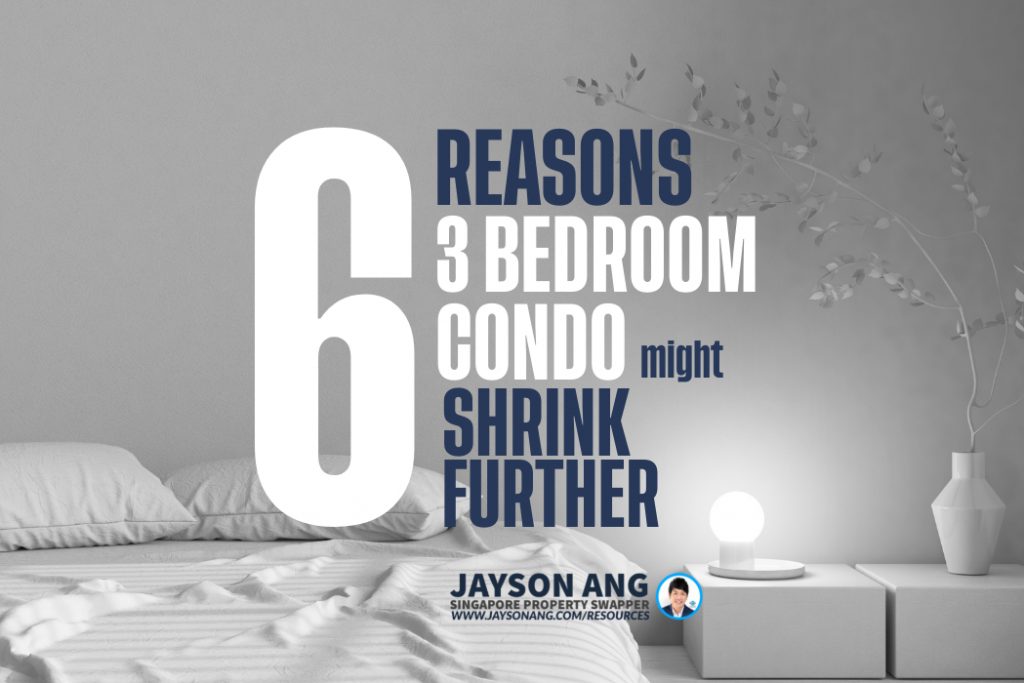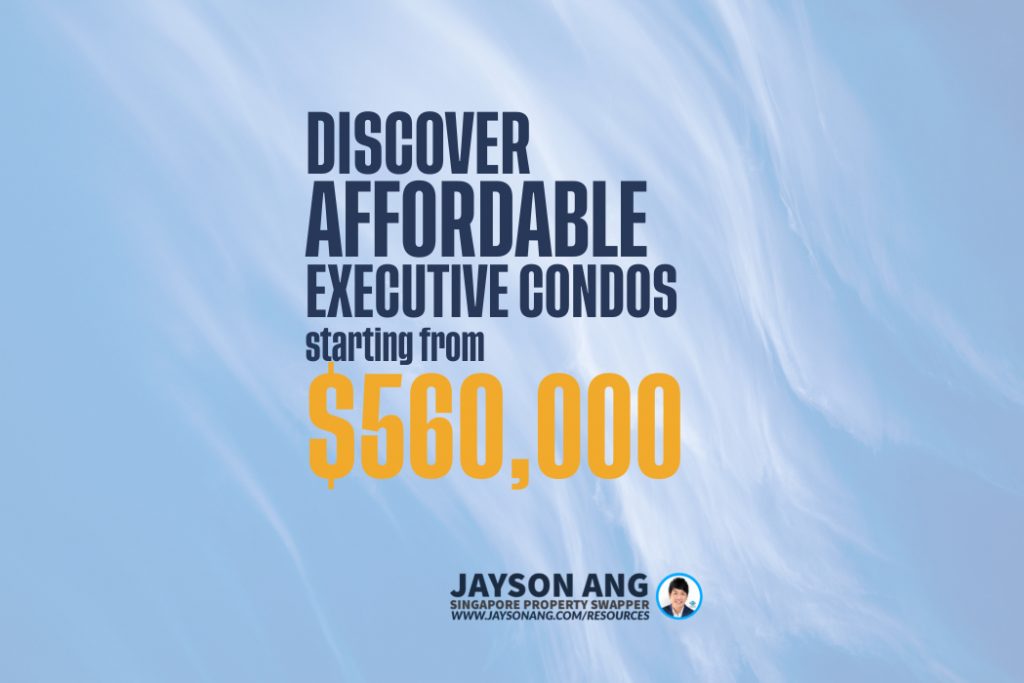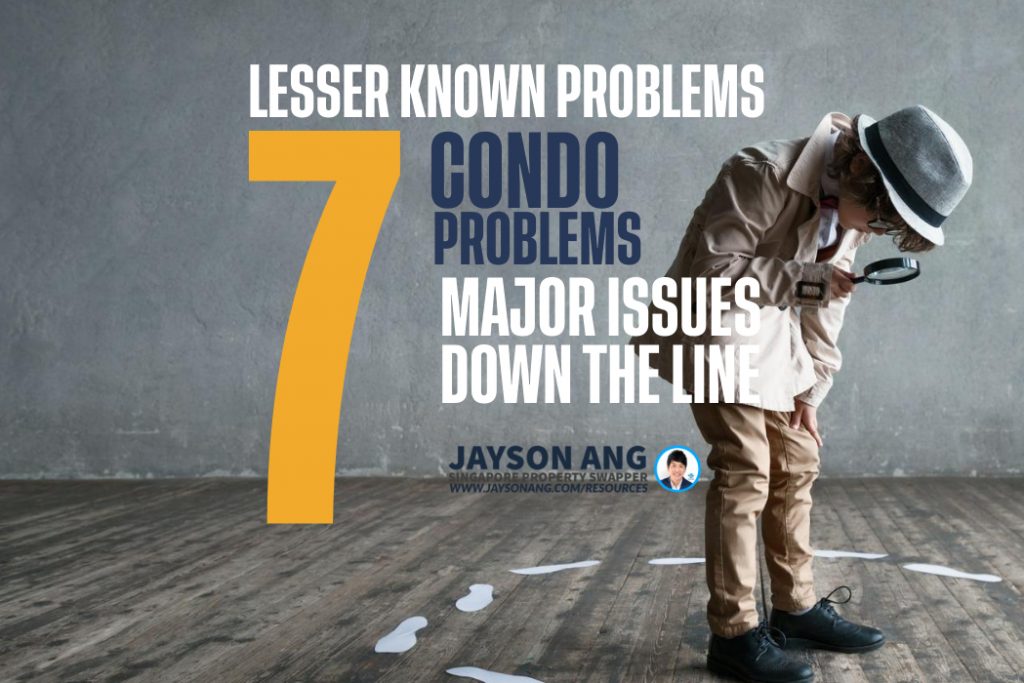TLDR
When navigating the complexities of the real estate market, it’s crucial to be wary of hidden marketing tricks when shopping for a new property. Always scrutinize show flats to ensure accuracy in size representation, be cautious of illusions created to enhance space perception, understand the distinction between mixed-use and integrated developments, and avoid falling for “VIP” launch gimmicks. Additionally, compare projects diligently, verify sold percentages, and scrutinize facility claims for accuracy. Lastly, exercise due diligence when presented with calculations or simulations. Remember, thorough research and vigilance can help you make informed decisions in the real estate market.
Stricter rules and regulatory organizations such as CEA have curtailed the once wild and untamed property market of the 70s and 80s. But as much as the government may attempt to keep things in check, marketing strategies have found a way to circumvent this.
Although these may not always be illegal, they may easily be overlooked by the naive first-time homebuyer.
Therefore, when shopping for a new launch, look out for these hidden tricks!
1. Be Vigilant To Determine If The Show Flat Is The Typical Unit
The hefty price tag associated with constructing a show flat explains why developers typically prioritize creating units that accurately reflect the best of what their development has to offer.
Typically, show flats are presented in the most spacious-looking format, like if there are three different types of two-bedroom units, they’ll likely demonstrate the biggest or the most common one.
This could potentially create a misleading impression of the size of the unit, as the show flat merely serves as a representation of the actual unit you’re interested in.
Developers may love to showcase the top floor unit as a ‘showcase’ example, often featuring a high ceiling – this can be deceiving, making it difficult to truly grasp the size of the unit. A taller ceiling certainly does add an illusion of grandeur, however, so it’s not unheard of for buyers to be surprised on key collection day at how much smaller the unit actually is.
When visiting a show flat, ensure to always inquire about the ceiling height, and check if the measurements are standard across all the units you are examining.
2. Show Flat Illusions Are Made To Make It Trickier To Gauge The Actual Size
For sellers who are unsure whether to invest in staging their home for sale, a show flat provides the perfect illustration of how dressing up a space can make a tremendous impact.
Apart from the decoration, and the enticing aromas, another technique used is to take out certain rooms to highlight the dimensions of the living and dining areas.
Nowadays this is subject to restrictions (developers must indicate which features are part of the interior design and which walls have been removed), but it makes it hard for the casual observer to truly get an accurate feeling of the space.
To further create the illusion of a more spacious interior, you can employ the clever use of mirrors and transparent furniture pieces with visible legs. Such techniques will have a remarkable effect, making the space appear larger than it actually is.
Keep an eye on the size of the furniture used; sometimes custom-made items may appear great, yet not actually be practical in terms of size. Consider, for example, those slim sofas that look amazing yet aren’t actually very accommodating.
3. The Term “Mixed-Use” Is Loosely Defined
“Mixed use and integrated may sound like similar terms, but there’s a significant difference!
Integrated developments are usually located near MRT stations, bus interchanges, etc. and often include civic amenities such as a town library or clinic.
Unfortunately, we have noticed that some agents don’t bother to explain the difference between the two, leaving potential buyers confused.”
When it comes to mixed-use projects, the success of the commercial element can vary drastically. Take The Poiz and Sceneca Residence for example; these mixed-use developments went beyond the norm by seeking out desirable tenants like supermarkets.
Be wary of so-called ‘mixed-use’ projects that are nothing more than an assorted collection of shops, randomly sold to the highest bidder. All too often, these types of developments become mixed up of convenience stores that offer little value to their customers, as the stores may rotate and disappear at any time.
Therefore, when considering a property, always inquire as to the commercial components that have been promised. Do not be fooled by the phrase ‘shops right downstairs’, as it means nothing if none of them provide what you need.
4. VVIP,And Other “Invite-Only” Launch Gimmicks
Generally, buying in the early launch stages can lead to lower prices; this is explained in detail in my developer pricing article. It should also be noted that there is no guarantee that prices won’t be reduced for later buyers.
Developers may have to lower prices to meet their ABSD deadlines or if sales are not as successful as anticipated, meaning that the “early bird discount” of 10% does not guarantee a 10% profit once the units are sold at regular price.
Be wary of websites and advertisements luring you in with the words “VIP” or “VVIP”. Many agents may try to give the impression that they have special privileges to help you get a higher status, but this is nothing more than a marketing ploy.
If you visit a show flat when it’s crowded, you’ll soon realize that everyone has a “VIP” sticker.
The only true VIP previews come from the developer, usually given to friends and family or to customers who have purchased with them before.
5. Compare The Projects Using Only Selective Information
The sales team typically has a kit to handily illustrate price comparisons with similar properties. This could involve speculation of rental rates or yields in the long term.
The seller may be inclined to flatter the new launch with cleverly-selected information – such as the most expensive nearby properties – to make it seem like a great deal. On the flip side, they could deliberately omit lower-priced developments – but if called out, they might claim they’re too far away or too old to matter.
It may appear that the new launch is more affordable than it actually is, due to some of the contrasting evaluations, such as between a ground floor unit of the new launch and a top floor unit of a nearby condominium.
6. “Already Sold” Percentage Not Indicative Of The Entire Project
At larger developments, it’s not uncommon for the launch to only release a limited number of units.
Take, for instance, a condo with 600 units; it may only put out 120 at the start. When people say “80 per cent sold,” it may just mean that 96 have been purchased, not 480.
This is often done to generate headlines and urge buyers to act quickly. How many phases and when one ends and another begins is solely up to the developer – Luxus Hills, a landed development, had 25 phases throughout its launch.
At point 3, we briefly discussed how, despite what one might expect, earlier phases such as one and two can offer almost the same early-bird discounts as the earliest ones, making them equally lucrative deals.
7. Facilities Presented As Separate Features, Repeated Multiple Times, Appear Strikingly Alike
Have you ever seen those too-good-to-be-true boasts of “400+ facilities”?
Well, they may actually be based on reality. Often, these are just different sections of the same facility, cleverly presented as multiple features (take a garden, for example – a Japanese garden, a flower garden, and a rock garden could all be part of one larger garden, but packaged and sold as three separate features).
Examine the scale model of the condo closely, and you’ll spot the facilities that have been advertised as separate features, even if they’re as small as a playground spot or a solitary BBQ pavilion.
It can get tricky with pools – for instance, the “sunning pool” might just be the shallow end of the lap pool, which is why you could see in the brochure that there were three to five pools when you can only spot two in the actual display.
Make sure to use your eyes to find the smaller or fewer facilities than what the materials have promised!
Be Mindful Of Any On-The-Spot Calculations Or Simulations That Are Presented To You; Use Due Diligence
Many prospective buyers have been guided through a demonstration of potential returns, rental yields, etc., usually with the help of flashy visuals and graphs.
Although this may be useful, a few buyers have commented that the agents tend to speak quickly, making it hard to understand the mathematical processes unless you already have a background in investing.
Furthermore, the information presented could be somewhat selective – for instance, taking the average rental rate for the neighbourhood as opposed to the median to project potential yields.
If a development nearby boasts unusually high rates – such as a boutique luxury condo – this will inflate the average; instead, relying on the median is a more accurate indicator.
Don’t take the sales agent’s word as gospel; why not take some time to review the details in your own time?
Or, reach out to me to validate any claims against my reviews of new and resale condos.
Should You Buy, Sell or Wait?
If you’re reading this, you must be trying to figure out the best course of action right now: is it the right time to buy or sell?
It’s difficult to give an exact answer since everyone’s situation is unique and what works for one person may not necessarily work for you.
I can bring you a wealth of on-the-ground experience and a data-driven approach to provide clarity and direction. From beginners to experienced investors, our top-down, objective approach will help you on your real estate journey.
I can help you by:
- Offering Strategic Real Estate Advice – I can help create a comprehensive plan to guide you through your property journey.
- Connecting Your Home with the Perfect Buyers – Through stunning visuals, an effective communication strategy, and an in-depth knowledge of the market, we’ll ensure your home is presented in the best possible way to fulfill your goals.
You May Also Like …














